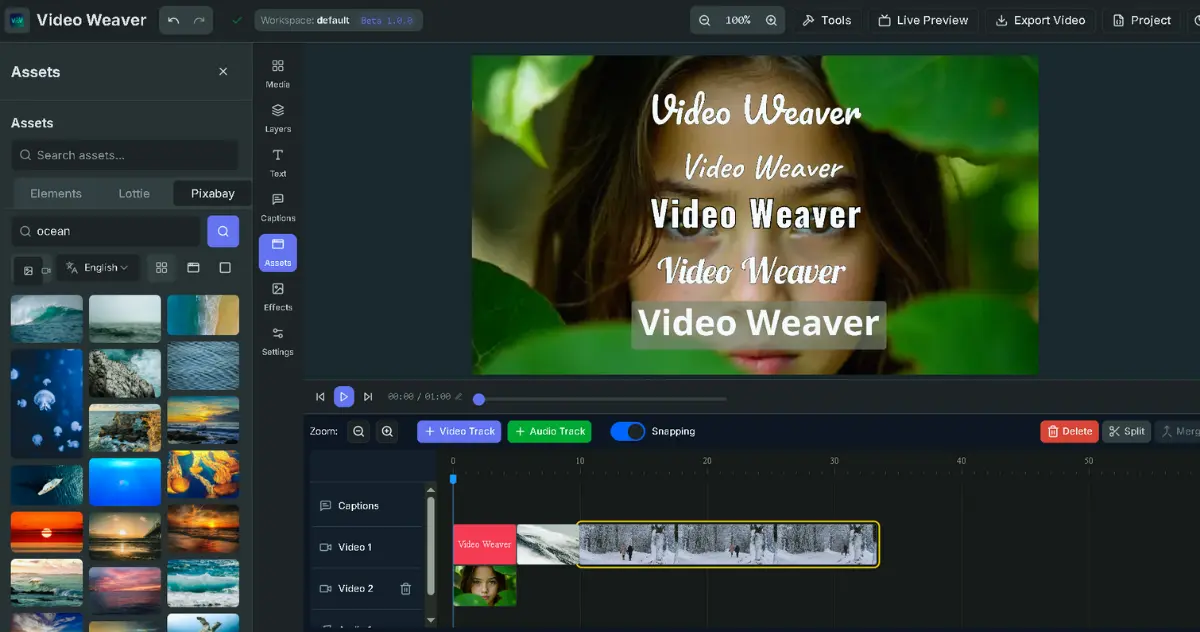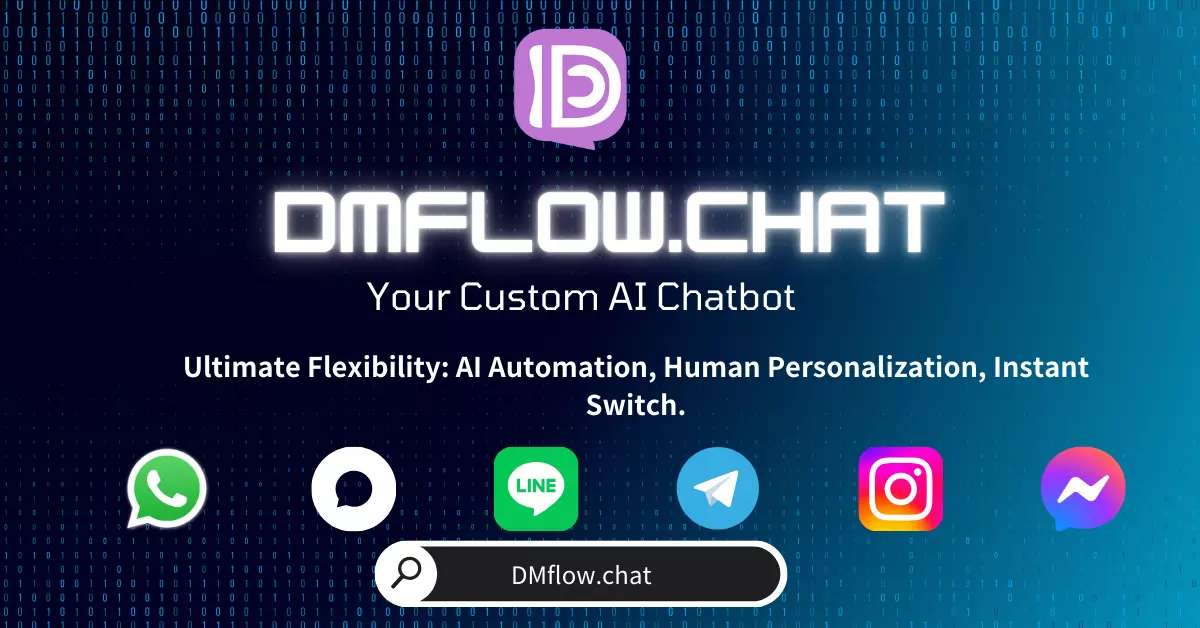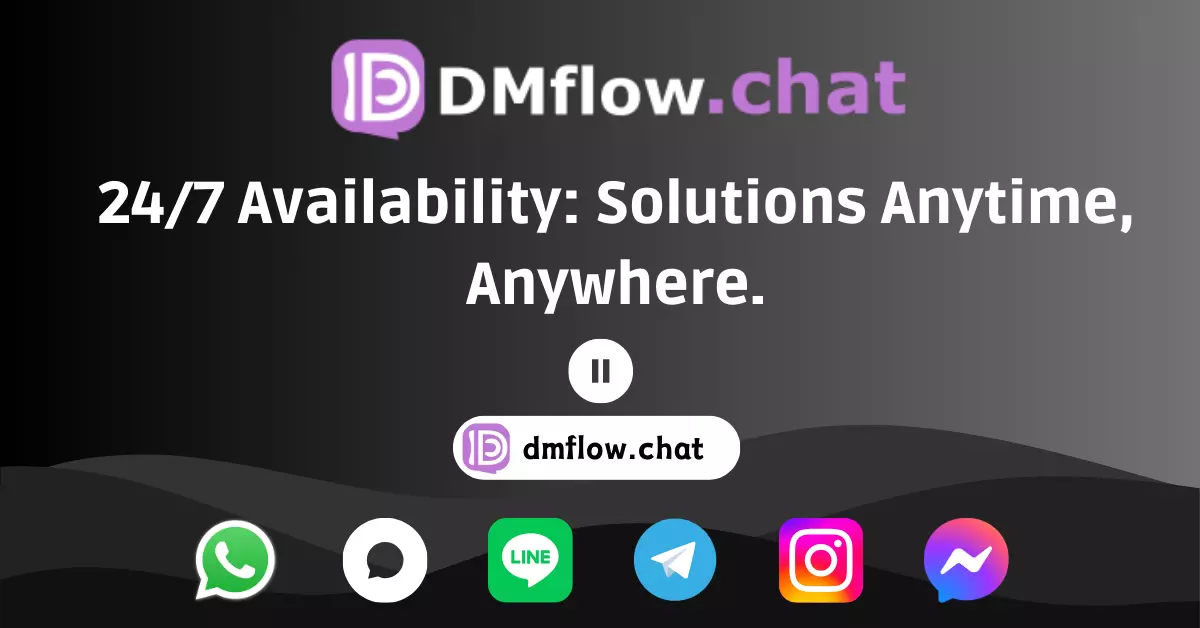2025's Best Free AI Art Generator? Raphael AI Review - No Signup, Unlimited Generation, Is It That Good?
Tired of Midjourney’s high costs and Stable Diffusion’s complex setup? This article reviews Raphael AI, an online AI art tool that claims to be completely free, no-signup, and unlimited. From tutorials and parameter explanations to a pros and cons analysis, we’ll find out if it lives up to the hype.
In this age of soaring creativity, the speed of advancement in AI art tools is staggering, almost completely changing the game in art and design. But let’s be honest, many of the good tools are either prohibitively expensive or come with a host of limitations, leaving many who want to dabble in AI art on the sidelines.
However, an online AI art tool called Raphael AI has recently emerged, touting itself as “completely free, unlimited generation, and no registration required.” Sounds a bit too good to be true, doesn’t it? Is there really such a benevolent service? Today, we’re going to put it to the test and see if it’s the real deal.
Friendly Reminder: To be frank, most services on the market that claim to be “free and unlimited” usually end up with some caveats, like limited generation speed, queues, or paid access to advanced features. So, while it’s still available, make the most of it!
What Makes Raphael AI Different?
Raphael AI’s ability to generate buzz among the many tools out there is no accident. It has several very attractive features:
- Truly Free, Unlimited Creativity: This is probably its biggest selling point. You don’t need to pull out your credit card to unleash your creativity, and there are no limits on the number of generations. For beginners or those who just need to quickly produce concept art, this is a godsend.
- Zero Barrier to Entry, Just Open the Webpage: It saves you all the trouble of registration and login processes. You just need to open its website to start creating immediately. This instant-use experience is a huge plus in today’s efficiency-driven world.
- Clean, Watermark-Free Images for a More Professional Look: Many free tools add obtrusive watermarks to their images, but the pictures generated by Raphael AI are clean, making your work look more perfect and convenient for sharing or use as source material.
- Full Traditional Chinese Interface, Friendly and Easy to Use: For Chinese users, a friendly interface can save a lot of time fumbling around. Raphael AI provides a simple and easy-to-understand Traditional Chinese interface, so you no longer have to guess at English words.
- Powered by the FLUX.1-Dev Model: Although there isn’t much public information about this model, it’s considered a new generation model capable of producing results comparable to paid tools. In practice, it does perform well in terms of detail and semantic understanding.
Become an AI Artist in Three Easy Steps
The process of using Raphael AI is very intuitive. Even if you’re new to AI art, you can get the hang of it in minutes.
- Open the Portal: First, open the Raphael AI official website in your browser.
- Cast Your “Incantation”: In the prompt input box in the center of the screen, describe the image in your mind with text. Here’s a little trick: although it supports Chinese, using English for descriptions usually yields more accurate and richer results. Try to be as detailed as possible, for example: “
a cute corgi puppy, wearing a tiny superhero cape, running in a field of flowers, cinematic lighting, golden hour”. - Click Generate and Witness the Magic: After pressing the “Generate” button, wait a moment, and the AI will give you four different interpretations at once. When you see an image you like, you can click on it and select “Upscale” to improve the resolution and detail, taking the image quality to the next level.
By the way, Raphael AI also has an “Image-to-Image” feature. You can upload your own image, combine it with a prompt, and let the AI mix and transform it to create a completely new style. The possibilities are endless.
The Parameter Lab: Tuning the AI to Your Liking
If you want more precise control over the generation results, Raphael AI also provides a rich set of parameter options, like your own creative control panel.
Negative Prompt: Tell the AI What You “Don’t” Want
This is a very useful feature. Have you ever had the AI draw extra fingers or strange text? In that case, just enter “deformed hands, text, watermark” in the negative prompt box to effectively avoid these annoying elements.
Art Style: Switch Your Creative Soul with One Click
There are over a dozen styles available here, allowing you to easily define the tone of your image.
- Want to create a Japanese anime feel? Choose Anime.
- Looking for a futuristic, dystopian look? Try Neon Punk.
- Need a still with a cinematic atmosphere? Cinematic is your best bet.
- Love the grainy feel of retro games? Pixel Art can take you back to your childhood.
Color and Lighting: Masters of Atmosphere
- Color: From the sunset glow of a Warm Tone to the quiet night of a Cool Tone, or the timeless classic of Black and White, color directly determines the first impression an image gives.
- Lighting: Light is the soul of photography and painting. Dramatic Lighting can create strong contrast, while Golden Hour Lighting can bathe the scene in a romantic golden halo.
Composition: Determining the Narrative of the Image
- Close Up: Want to emphasize a character’s expression or an object’s details? Use a close-up.
- Wide Angle: Suitable for presenting magnificent landscapes or grand architecture.
- Blurry Background: This can create a beautiful depth of field effect, making your subject stand out from the background and appear more three-dimensional.
By combining these parameters, you can concoct almost any visual effect you desire, which is one of the most interesting aspects of AI art.
Raphael AI, Midjourney, Stable Diffusion: Which One Should I Choose?
When talking about AI art, we have to mention the two giants, Midjourney and Stable Diffusion. So, how does Raphael AI stack up against them in terms of pros and cons?
- Midjourney: Top-tier results, unique style, but requires a paid subscription and operates entirely on Discord, which can be a bit of a hurdle for newcomers.
- Stable Diffusion: Completely open-source, extremely high degree of freedom, but requires decent computer hardware, and installation and model management are relatively complex, making it more suitable for tech-savvy users.
In comparison, Raphael AI’s positioning is very clear:
- Advantages: Completely free, incredibly easy to use, making it the best stepping stone for experiencing AI art. Suitable for students, marketers, social media managers, or anyone who needs to quickly generate visual concepts.
- Disadvantages: The functionality is relatively simple, and the maximum resolution of generated images is currently 1024x1024. Also, because no login is required, your generation history is only temporarily stored in your browser tab. If you refresh or are idle for too long, the images will disappear, so be sure to keep this in mind.
Conclusion: Is Raphael AI Worth Your Time?
Absolutely.
Raphael AI lowers the barrier to entry for AI art in an extremely friendly way. It may not be the most powerful or detailed tool, but its “free, unlimited, no-registration” features make it the best choice for beginners and for quick image generation at this stage.
Whether you’re a student looking for an illustration for a report, a social media manager designing content, or simply curious about the capabilities of AI, you should give it a try.
Ready to unleash your imagination? Head over to the Raphael AI website now and experience the infinite charm of AI art for yourself!




